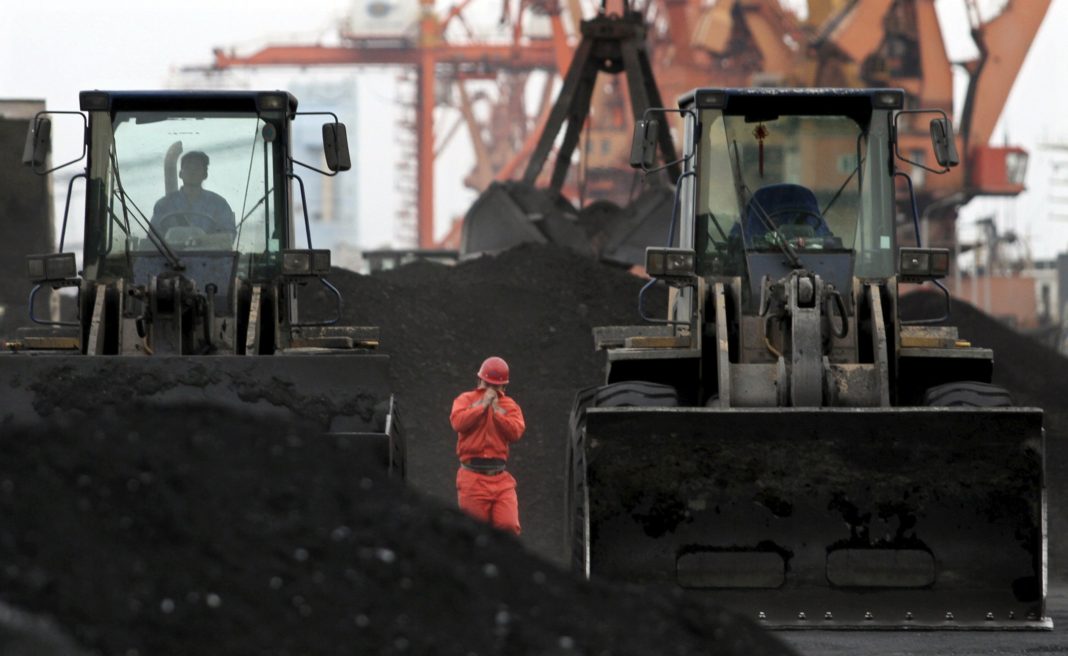According to the report that published by China Water Risk. Over the past 20 years, China has risen to become the world’s largest supplier of rare Earth metals. But, China’s economic success has come at a shocking price for the environment. Various rare Earth metals are used in wind and solar and energy projects, and some of these can only be found in China, specifically in the city of Ganzhou. Previously found in abundance in China, these rare Earth metals have now nearly been depleted. Recent figures issued by the State Council News Office in 2012 suggest that supplies of medium and heavy rare earth elements (MHREE’s) will be completely wiped out by 2027.
This will almost certainly cause problems in meeting the targets set out by the Paris Climate Agreement. With China currently supplying 90% of the globe with the rare earth metals they need, and their supply running out, how are the low-carbon technologies that are supposed to change the environment expected to function? In China’s rise to top rare earth metal provider, their environment has suffered dramatically as a consequence. In the area of Guangzhou, it is a scene of devastation, with large open-air mines and smelters present throughout. Pollution also contaminates the water in and around the mining areas and supply for over 30,000 people in the county of Longnan alone being affected.
At one point, China supplied 98% of global rare earth output and even now with its diminishing resources that figure still reached 85% in 2015. The black market in rare earth is also adding to the fast depletion of the rare earth metals and between 2014 and 2015 there were over 20,000 tons of illegal rare earth output in China. This mining is having devastating effects on the environment, and research has confirmed that producing one ton of rare earth ore produces around 200 cubic meters of acidic waste water. It is time for policymakers to reconsider what low-carbon technologies are going to be feasible going forward and how we can still meet those goals. But, whatever action is going to be taken, it needs to be done fairly quickly as residents living near rare earth mines are beginning to suffer.
Because of its market share in rare earth metals, China is the main driver of global investment for wind power technology. The amount of rare earth metals needed for wind energy alone are scarily high already, and this is before China’s Manufacturing 2025 plan kicks in. Alternatives will need to be sourced that will be able to replace rare earth metals in some way before all sources are depleted if we want to continue to work towards a low-carbon future for us all.
China Water Risk report, Rare Earths: Shades Of Grey – Can China continue to fuel our clean and smart future?
More News To Read











